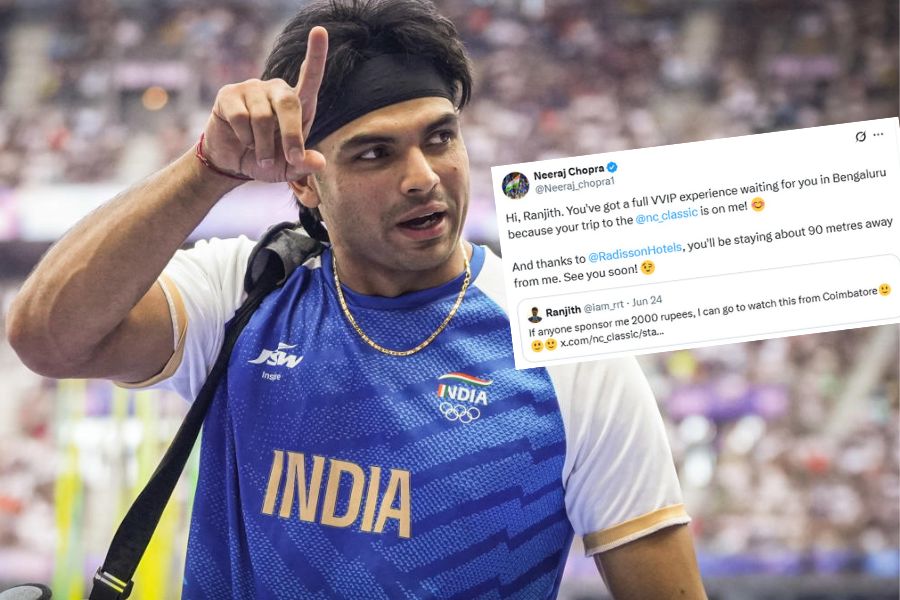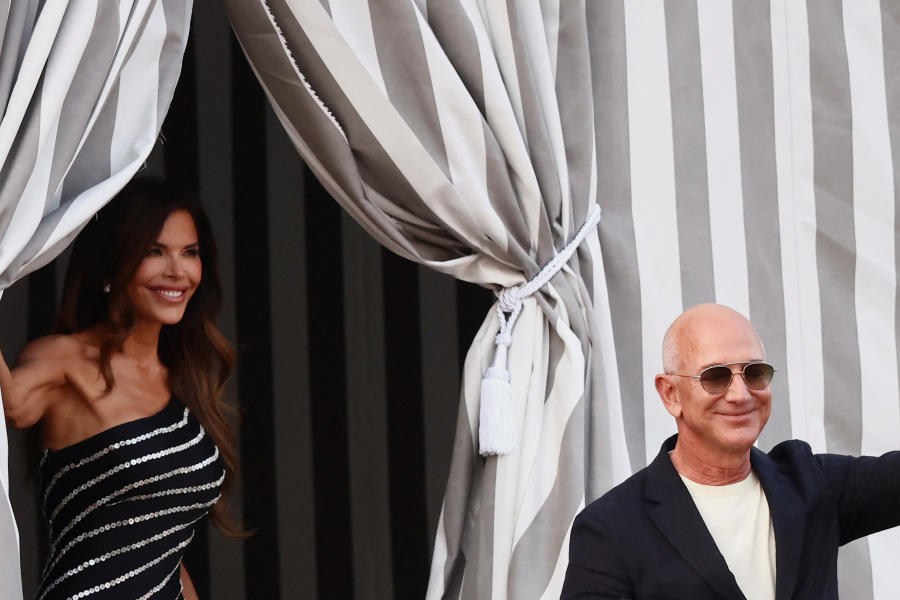
Bhubaneswar, Oct. 6: The Beatles would have had trouble finding a proper zebra crossing if they wanted to shoot the cover of their iconic 1969 album Abbey Road at, say, Rasulgarh Square, today.
Set to become a smart city, Bhubaneswar still lacks zebra crossings at several busy intersections, while the ones that have these are still unsafe for both pedestrians and motorists.
Rasulgarh Square, one of the busiest intersections in the city, does not have a zebra crossing. Hundreds of people cross the road from the Rasulgarh side to Mancheswar side risking their lives every day. The problem gets worse during peak traffic hours from 10am to 1pm and 5pm to 8pm.
Incidentally, the Beatles - the world most famous band at that point - had shot that iconic picture in London around 11.30am.
"The intersection is unsafe for both pedestrians and motorists. This busy stretch is used by people going towards Cuttack, Rasulgarh and Acharya Vihar," said Sanatana Dhalsamanta, 56, a finance executive and resident of Rasulgarh.
What makes matters worse is the fact that the intersection witnesses heavy movement of buses plying towards Cuttack and Puri. A speeding bus had run over a prominent businessman right here in 2014.
The cut in the divider on Rajpath at the end of the Rajmahal flyover, too, does not have a zebra crossing. The cut is used by scores of pedestrians who cross from the Unit-II side to Unit-I and vice-versa. Since vehicles coming from Rajmahal Square come at great speed, the intersection remains a vulnerable spot for both pedestrians and motorists.

In contrast, the stretch between Kalpana Square and Rasulgarh has a dozen zebra crossings, but most of them are not prominently visible. Although no vehicle slows down for pedestrians to cross the road, people do use these zebra crossings often leading to traffic snarls.
Traffic rules require a zebra crossing every 500 metres on city roads. Consequently, the 6.1km stretch between Kalpana Square and Rasulgarh should have 11 zebra crossings.
The traffic intersections where zebra crossings have been provided across the city are still unsafe for pedestrians. The best example of this is the busy AG Square Chhak where vehicles waiting at the traffic signal encroach on the zebra crossing leaving no space for pedestrians to cross.
"The traffic policemen posted at the chhak are only concerned about the movement of vehicles, because this intersection witnesses heavy flow of vehicles carrying the who's who of state administration," said Sankalp Mohanty, 21, an engineering student and resident of Baramunda.
According to Bhubaneswar Development Authority empanelled architect and road safety expert Sanjib Guru, the problem in the city is that very few penalties are imposed on those who do not let pedestrians cross the road at major intersections. Sharing his experience during a recent visit to Sri Lanka, Guru said: "I was astonished to see the Sri Lankan administration working to ensure zebra crossings do their job well. This is strictly implemented not only in the country's capital Colombo, but also in smaller cities such as Jaffna and Kandy."
Bhubaneswar deputy police commissioner Satyabrata Bhoi said the proper use of zebra crossings in the city was a priority for the police. He said repainting and redesigning zebra crossings would start shortly. Bhoi said that penalties would be imposed on those who don't follow the rules related to zebra crossings in the city.
Metros such as Ahmedabad and New Delhi have 3D zebra crossings. Designed by a mother-daughter duo from Gujarat, the 3D zebra crossings create an optical illusion of a speed breaker prompting the driver to slow down. These have been working well in checking the speed of vehicles as they approach these zebra crossings.
In 2013, Calcutta Police had used the Abbey Road album cover with the four Beatles walking in a single file on a zebra crossing to promote road safety in the overcrowded metropolis. The cops had put up dozens of posters of the album cover with the caption: "If they can, why can't you?"
This worked somewhat in Calcutta. But for Bhubaneswar to run a similar campaign, it would need to put in place proper zebra crossings first.











